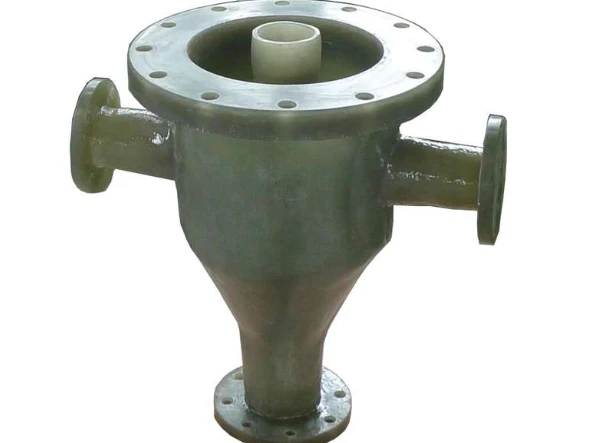
-
 Afrikaans
Afrikaans -
 Albanian
Albanian -
 Amharic
Amharic -
 Arabic
Arabic -
 Armenian
Armenian -
 Azerbaijani
Azerbaijani -
 Basque
Basque -
 Belarusian
Belarusian -
 Bengali
Bengali -
 Bosnian
Bosnian -
 Bulgarian
Bulgarian -
 Catalan
Catalan -
 Cebuano
Cebuano -
 China
China -
 China (Taiwan)
China (Taiwan) -
 Corsican
Corsican -
 Croatian
Croatian -
 Czech
Czech -
 Danish
Danish -
 Dutch
Dutch -
 English
English -
 Esperanto
Esperanto -
 Estonian
Estonian -
 Finnish
Finnish -
 French
French -
 Frisian
Frisian -
 Galician
Galician -
 Georgian
Georgian -
 German
German -
 Greek
Greek -
 Gujarati
Gujarati -
 Haitian Creole
Haitian Creole -
 hausa
hausa -
 hawaiian
hawaiian -
 Hebrew
Hebrew -
 Hindi
Hindi -
 Miao
Miao -
 Hungarian
Hungarian -
 Icelandic
Icelandic -
 igbo
igbo -
 Indonesian
Indonesian -
 irish
irish -
 Italian
Italian -
 Japanese
Japanese -
 Javanese
Javanese -
 Kannada
Kannada -
 kazakh
kazakh -
 Khmer
Khmer -
 Rwandese
Rwandese -
 Korean
Korean -
 Kurdish
Kurdish -
 Kyrgyz
Kyrgyz -
 Lao
Lao -
 Latin
Latin -
 Latvian
Latvian -
 Lithuanian
Lithuanian -
 Luxembourgish
Luxembourgish -
 Macedonian
Macedonian -
 Malgashi
Malgashi -
 Malay
Malay -
 Malayalam
Malayalam -
 Maltese
Maltese -
 Maori
Maori -
 Marathi
Marathi -
 Mongolian
Mongolian -
 Myanmar
Myanmar -
 Nepali
Nepali -
 Norwegian
Norwegian -
 Norwegian
Norwegian -
 Occitan
Occitan -
 Pashto
Pashto -
 Persian
Persian -
 Polish
Polish -
 Portuguese
Portuguese -
 Punjabi
Punjabi -
 Romanian
Romanian -
 Russian
Russian -
 Samoan
Samoan -
 Scottish Gaelic
Scottish Gaelic -
 Serbian
Serbian -
 Sesotho
Sesotho -
 Shona
Shona -
 Sindhi
Sindhi -
 Sinhala
Sinhala -
 Slovak
Slovak -
 Slovenian
Slovenian -
 Somali
Somali -
 Spanish
Spanish -
 Sundanese
Sundanese -
 Swahili
Swahili -
 Swedish
Swedish -
 Tagalog
Tagalog -
 Tajik
Tajik -
 Tamil
Tamil -
 Tatar
Tatar -
 Telugu
Telugu -
 Thai
Thai -
 Turkish
Turkish -
 Turkmen
Turkmen -
 Ukrainian
Ukrainian -
 Urdu
Urdu -
 Uighur
Uighur -
 Uzbek
Uzbek -
 Vietnamese
Vietnamese -
 Welsh
Welsh -
 Bantu
Bantu -
 Yiddish
Yiddish -
 Yoruba
Yoruba -
 Zulu
Zulu
Innovative Designs in Molded Grating for Enhanced Durability and Performance
The Versatility of Molded Grating A Comprehensive Overview
Molded grating is an innovative and versatile product widely used across various industries, primarily due to its durability, lightweight nature, and exceptional load-bearing capabilities. Often utilized in flooring, catwalks, and stair treads, molded grating is especially popular in areas requiring strong, corrosion-resistant materials. Understanding the benefits and applications of molded grating can help businesses make informed decisions about their infrastructure needs.
What is Molded Grating?
Molded grating is manufactured by combining fiberglass with resin, resulting in a strong and lightweight product. The process involves placing continuous fiberglass strands in a mold, saturating them with resin, and then curing the material. The result is a structured product that can support significant weight while maintaining a minimal profile. One of the key features of molded grating is its slip-resistant surface, which enhances safety in environments prone to wet or slippery conditions.
Key Advantages
1. Corrosion Resistance One of the primary advantages of molded grating is its resistance to corrosion caused by chemicals, water, and environmental factors. Unlike traditional materials such as steel or wood, molded grating does not rust, rot, or degrade over time. This property makes it ideal for use in chemical processing plants, wastewater treatment facilities, and marine environments.
2. Lightweight Molded grating is substantially lighter than metal alternatives, making it easier to handle and install. This reduction in weight also helps to decrease shipping costs and overall structural load requirements, resulting in potential savings on foundation work.
molded grating

3. Customizability Molded grating can be customized to fit specific project requirements, including variations in size, color, and resin type. This versatility allows architects and engineers to specify molded grating for a wide array of applications, from industrial to aesthetic uses.
4. Low Maintenance With its inherent resistance to various degrading factors, molded grating requires minimal maintenance. Unlike wood that needs periodic sealing or metals that require painting or galvanizing, molded grating can often be cleaned easily with soap and water.
5. Safety Features The slip-resistant surface of molded grating minimizes the risk of accidents, making it suitable for high-traffic zones, especially in areas that may be exposed to liquids or chemicals.
Applications
Molded grating finds application in several fields. In industrial settings, it is frequently used for platforming, walkways, and stair treads. Its ability to withstand heavy loads makes it suitable for manufacturing and processing facilities. In municipal infrastructure, molded grating is used in parks, pedestrian pathways, and bridges, where its durability and aesthetic appeal can enhance the surrounding environment. Moreover, its use in the marine industry for docks and piers showcases its resistance to moisture and harsh conditions.
Conclusion
In summary, molded grating presents a robust solution for a diverse array of applications, distinguished by its lightweight structure, corrosion resistance, and safety features. As industries increasingly prioritize sustainability and safety, molded grating offers an effective alternative that meets modern demands while maintaining cost-efficiency. Whether for industrial, commercial, or municipal projects, molded grating is a reliable choice for enhancing both form and function in various environments.









